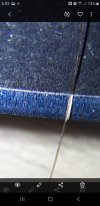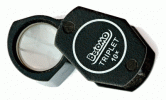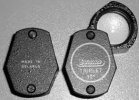May I ask you to explain what did you do to it?
Sure, and really I feel like a noob myself, because I am, however I'm happy to share what I can.
Using Silicon Carbide sandpaper, on top of glass, with water on the sandpaper, I rubbed the stone in a circular motion until it was flat. I scribbled all over it with pencil, and kept at it until every bit was white and the whole stone was totally flat
I tried pouring 60 grit silicon carbide on glass and rubbing the stone on it but it just dished the glass and started to convex my stone.
I tried an inexpensive 140 grit diamond flattening plate, and it got it flat, but left deep scratches.
Finally I tried the Silicon Carbide sandpaper and it worked great. I took that side to 220 grit, tried it, and then left it there.
On the other side, I started with 220 grit, and kept at it with that grit until that whole side was flat. I then used my Atoma 400 and smoothed that side out more, tested it, and then finished it with 600 grit which leaves it very smooth.
For now that's how I left it. It's now a dual stone...The course side cuts more aggressively than the fine side.
I've considered using my Atoma 1200 to make the fine side even finer. I'd also like to return the Course side to a 150ish grit finish but without the deep scratches.
Now that its flat, I can quickly reset the surface of either side and make it courser or finer as needed. For now I'm happy with it as is.



